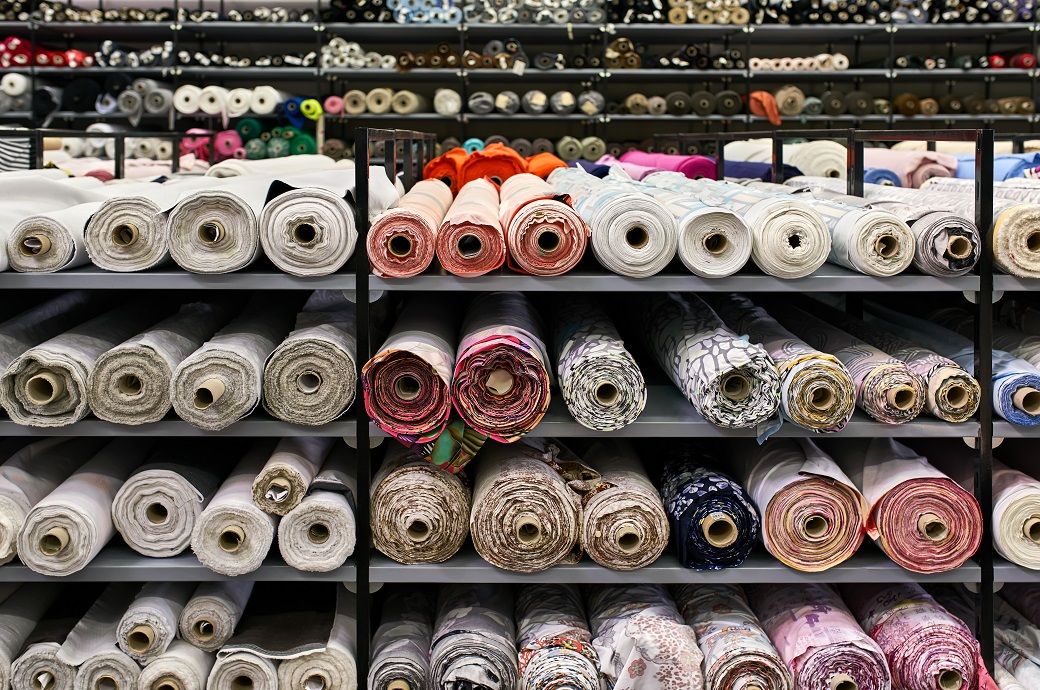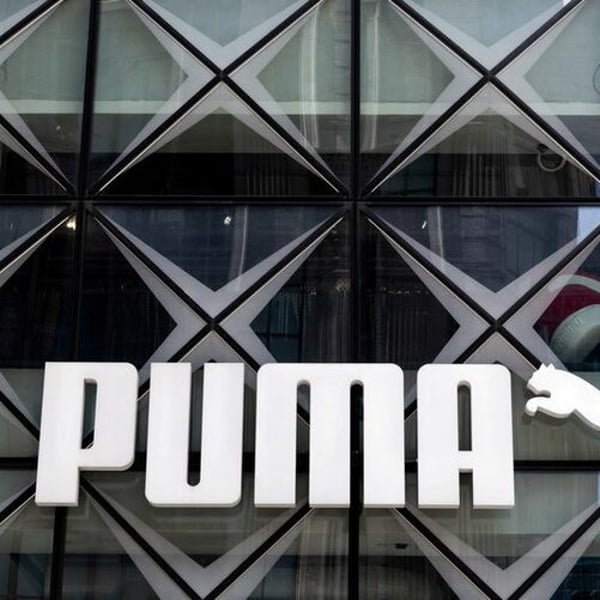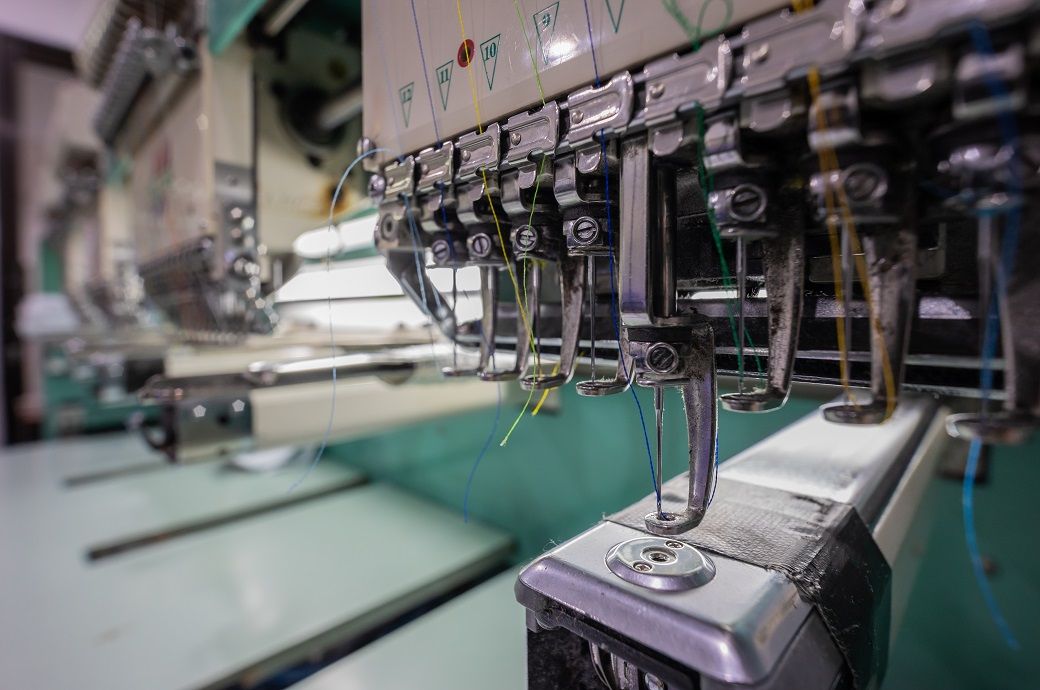Fashion
Estée Lauder: René Lammers appointed head of research and innovation

Published
September 14, 2025
Estée Lauder has appointed René Lammers as executive vice president, research and innovation. This appointment will take effect on October 1. He will join the management team under Stéphane de La Faverie, CEO and president of the American cosmetics group, whose portfolio includes Clinique, Deciem, and Le Labo.
Formerly scientific director at PepsiCo, Lammers will be in charge of all the group’s research and innovation activities, with priority given to accelerating strategic scientific partnerships and integrating disruptive technologies.
“With the arrival of René Lammers, my executive team is now complete, ready to lead our next chapter of growth,” said La Faverie in a statement.
In recent months, Estée Lauder has continued to revise its organizational chart. In early July, for example, Franck Besnard, former General Manager France, was promoted to head Northern and Western Europe.
But this managerial dynamism does not mask the group’s structural difficulties. In August, Estée Lauder reported a net loss of $546 million for the fourth quarter of its 2025 fiscal year, exacerbated by the restructuring plan launched in February. The plan calls for the elimination of up to 7,000 positions worldwide, at an estimated overall cost of between $1.2 and $1.6 billion.
Annual sales fell by 8% to $14.3 billion, with a particularly sharp drop in travel retail, down 28%. Only the perfume segment managed to hold its own.
The group hopes to begin a rebound as early as 2026, relying on a gradual recovery, the leverage of e-commerce, and a selective pricing policy. However, it remains cautious in the face of persistent trade tensions.
This article is an automatic translation.
Click here to read the original article.
Copyright © 2025 FashionNetwork.com All rights reserved.
Fashion
Egypt’s textile & apparel imports from Turkiye rise 7.7% in H1 2025

Egypt’s textile and apparel imports from Turkiye rose 7.7 per cent year-on-year to $154.68 million in H1 2025, driven mainly by higher fabric demand from garment exporters.
Fabric imports surged 27.75 per cent, while yarn imports dipped slightly.
Despite modest overall growth, Turkiye remained Egypt’s second-largest supplier of fabrics and apparel and third-largest in yarn.
Source link
Fashion
Puma to cut 900 jobs as part of restructuring under new CEO Arthur Hoeld

By
DPA
Translated by
Nazia BIBI KEENOO
Published
October 30, 2025
The world’s third-largest sportswear company, Puma, is facing losses but plans a major turnaround. The Germany-based brand, trailing Nike and Adidas, will cut about 900 administrative roles and streamline its product portfolio by the end of 2026 under its new CEO, Arthur Hoeld.
Puma, headquartered in Herzogenaurach, reported losses in the first nine months of the year. Sales fell 8.5% to €5.97 billion compared with the same period last year, while consolidated earnings dropped by about half a billion euros. After nine months, the company posted a net loss of €257 million.
Moving forward, Puma intends to focus on its core categories of football, training, running and sports fashion. Its direct-to-consumer business—through its own retail stores and e-commerce—is expected to grow faster, as Puma has so far been heavily dependent on wholesale distribution. The new CEO described 2026 as a transition year, to return to growth from 2027 onward.
To achieve this, Hoeld plans to strengthen the brand and its signature leaping cat logo. “I firmly believe that the Puma brand is intact and has incredible potential,” he said. The company intends to reduce wholesale’s share of revenue, as discounted sales through big-box retailers have hurt brand desirability. Puma also plans to lower its inventory levels.
This article is an automatic translation.
Click here to read the original article.
Fashion
India’s PDS Limited reports 18% GMV growth & strong Q2 performance

The revenue from operations grew 14 per cent sequentially to ₹3,419 crore, while gross profit improved 17 per cent to ₹680 crore. EBITDA more than doubled to ₹103 crore in Q2 FY26, reflecting enhanced operational efficiency. Profit after tax (PAT) jumped 142 per cent quarter-over-quarter (QoQ) to ₹48 crore. On a half-yearly basis, EBITDA and PAT declined 31 per cent and 41 per cent YoY respectively, primarily due to higher input costs and strategic restructuring, PDS Limited said in a press release.
India’s PDS Limited has reported an 18 per cent rise in GMV to ₹5,467 crore (~$619.2 million) in Q2 FY26, with revenue up 14 per cent and PAT surging 142 per cent to ₹48 crore.
The order book reached ₹5,308 crore (~$601.1 million), up 15 per cent YoY.
Improved working capital efficiency generated ₹593 crore in cash flow, and the board declared an interim dividend of ₹1.65 per share.
“Our results demonstrate that sustainable growth is achieved through focus, efficiency, and disciplined execution. Our growth journey is centered on strengthening and expanding the potential of our existing businesses and partnerships, with no new investments at this stage. By sharpening our focus on execution, leveraging synergies, and fostering collaboration across our global network, we are building a stronger, more efficient, and purpose-driven PDS—one that grows sustainably and responsibly while upholding the highest standards of governance,” said Pallak Seth, executive vice chairman at PDS Limited.
“We continue towards our commitment of building a resilient, cost-efficient PDS. Our focus remains on driving operational excellence across our core business verticals, which is starting to show in our results, with optimized working capital and reduced net debt levels. By focusing on high-impact areas and streamlining underperforming verticals, we are enabling responsible growth and building a future-ready organization scaling towards enhancing profitability,” said Sanjay Jain, group CEO.
As of early October 2025, PDS Limited’s order book stood at ₹5,308 crore (~$601.1 million), marking a 15 per cent YoY increase and reflecting sustained business momentum despite global macroeconomic headwinds. The company achieved notable improvement in working capital efficiency, reducing net working capital days from 17 in March 2025 to 6 in September 2025, generating ₹593 crore in cash flow from operations. The board also approved an interim dividend of ₹1.65 per share, consistent with the previous year, added the release.
Fibre2Fashion News Desk (SG)
-

 Entertainment1 week ago
Entertainment1 week agoJohn Grisham unveils his first-ever mystery, “The Widow”
-

 Fashion1 week ago
Fashion1 week agoThe North Face and Cecilie Bahnsen launch second collaboration
-

 Tech1 week ago
Tech1 week agoThis Smart Warming Mug Is Marked Down by $60
-

 Politics5 days ago
Politics5 days agoTrump slams ‘dirty’ Canada despite withdrawal of Reagan ad
-
Sports1 week ago
These five NBA players could be ready for an all-star breakthrough
-

 Tech1 week ago
Tech1 week agoAn Amazon outage has rattled the internet. A computer scientist explains why the ‘cloud’ needs to change
-

 Sports1 week ago
Sports1 week agoWomen’s World Cup: Pakistan’s campaign ends with South Africa loss
-

 Tech1 week ago
Tech1 week agoForget SEO. Welcome to the World of Generative Engine Optimization

















